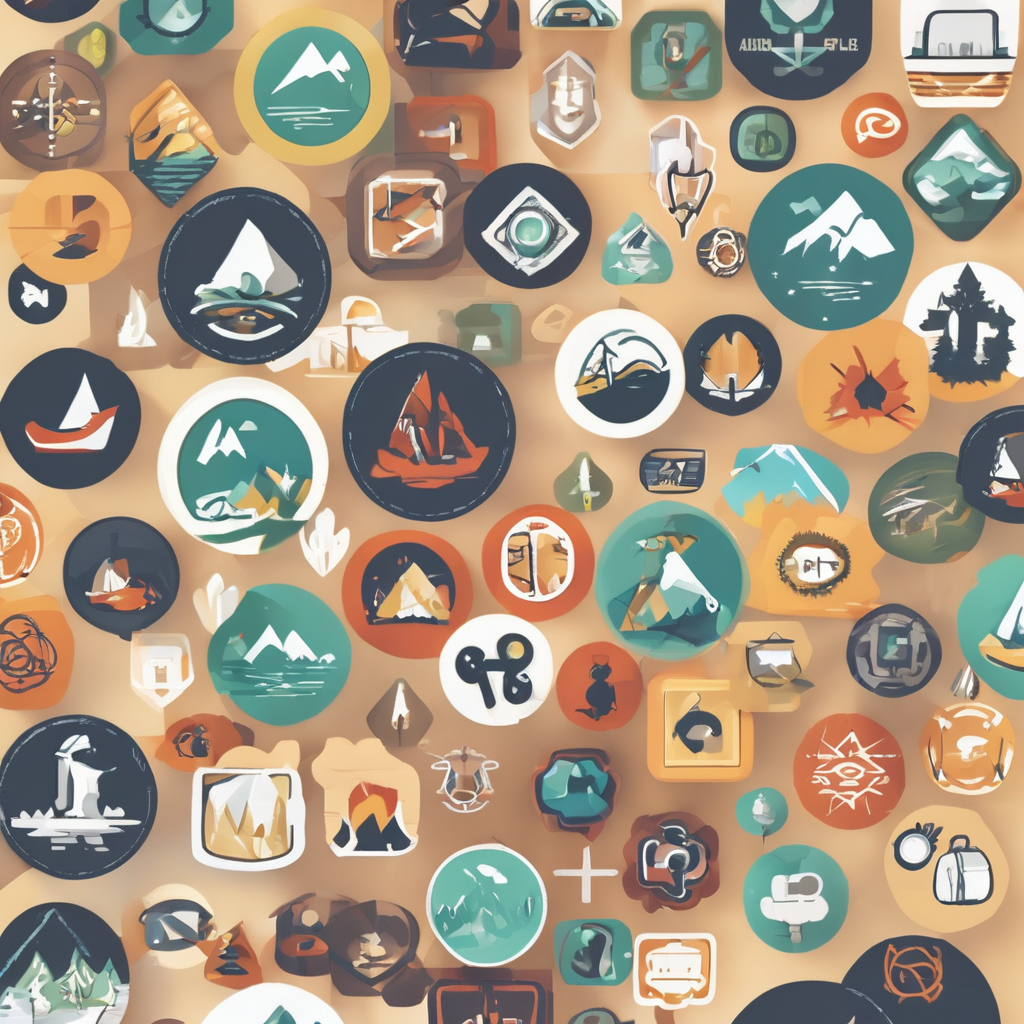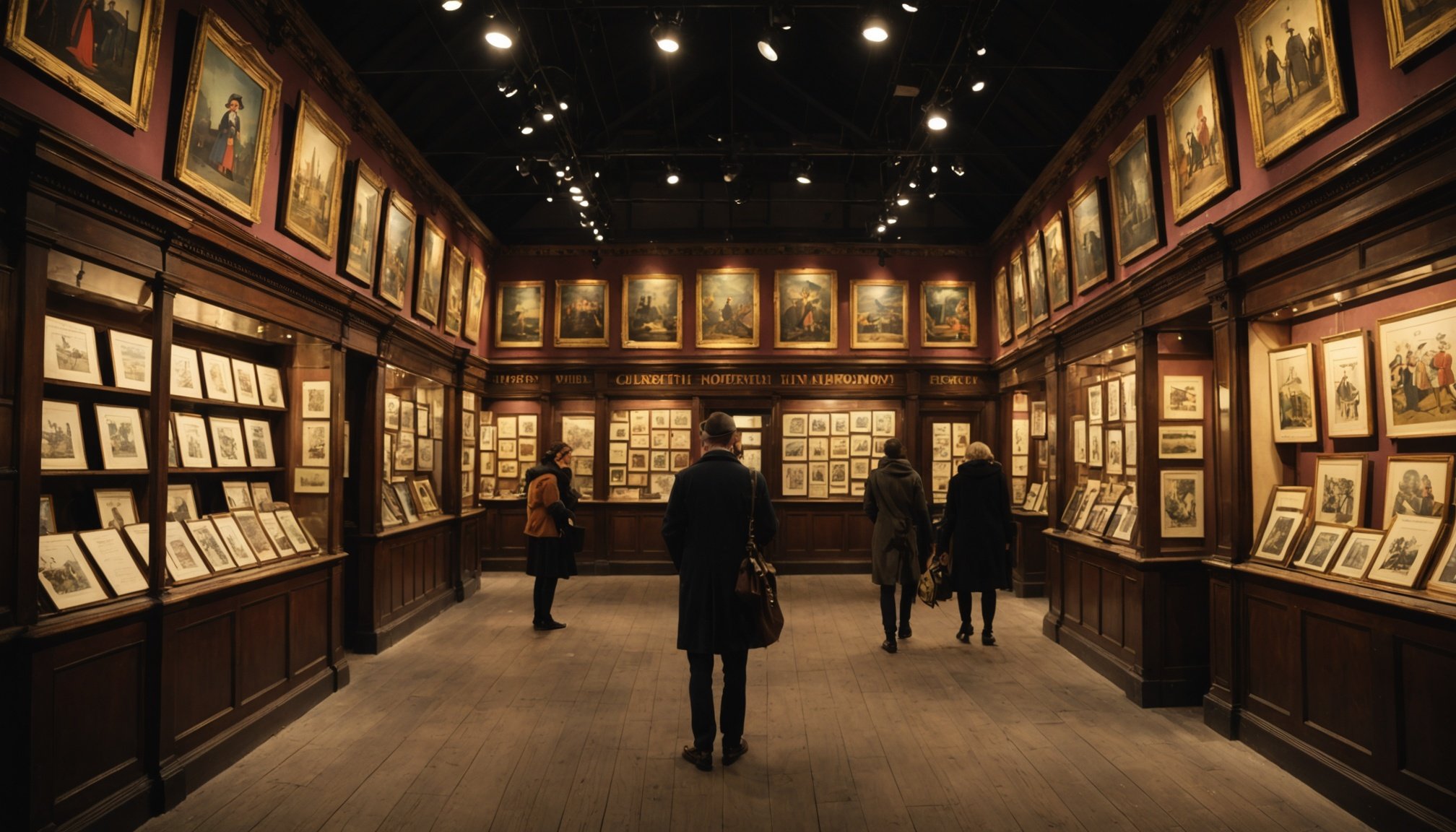Overview of British Animation History
The British animation history unfolds a fascinating journey from its early roots to a vibrant present. Incepted in the early 20th century, British animation began to gain prominence in the 1920s with experimental short films. One of the first milestones was the creation of “The Clapham Wonder” in 1929, an innovative stop-motion animation.
British animators pushed boundaries during the mid-20th century, bringing iconic characters to life. Notably, Halas and Batchelor’s “Animal Farm” (1954) became the first British animated feature film, marking a significant point in the animation timeline. The 1970s saw the rise of television series, with classics like “Paddington” and “The Magic Roundabout,” which captivated audiences globally.
Also to see : Unveil the fascinating legacy of british ceramics: engaging guided tours in stoke-on-trent for inquisitive explorers
Key figures such as Nick Park and studios like Aardman Animations have significantly shaped British animation. Their work not only pioneered the use of clay animation, but also catapulted British animation to international acclaim with beloved creations like “Wallace and Gromit.”
The influence on culture is apparent; British animation has altered storytelling, integrating British humour into global media and offering cultural narratives. This rich history underscores the UK’s pivotal role in advancing animation, leaving an indelible mark on audiences worldwide.
Also read : Discover the art of british sausage making: interactive workshops for adventurous travelers
Key Exhibits in London
London brims with immersive animation exhibits, offering visitors remarkable experiences. These exhibits feature an array of artistic showcases that captivate animation enthusiasts.
The British Animation Awards
Visitors can delve into the innovation presented at the British Animation Awards. This event highlights outstanding achievements, showcasing both emerging talents and established creators. The platform not only celebrates the art but also enriches cultural dialogues through its esteemed selections.
Animation Gallery at the BFI
The Animation Gallery at the BFI stands as a permanent tribute to the medium. Visitors can explore a curated history of British animation, including noteworthy artefacts and rare films. Situated at the landmark British Film Institute, the gallery offers an enriching journey through prominent works.
Bristol Animation Festival
At the Bristol Animation Festival, exploration expands beyond exhibitions. Visitors experience engaging panels, workshops, and screenings. This immersive atmosphere appeals to both amateurs and professionals, bolstering understanding of animation’s evolving landscape. The festival enhances cultural engagement and insight into the industry’s future.
These London exhibits offer visitors profound experiences, blending history, creativity, and forward-thinking elements. Engaging in such events not only celebrates British animation’s heritage but also strengthens cultural appreciation through accessible visitor experiences.
Notable British Animators and Their Works
The landscape of British animation has been profoundly influenced by pioneering figures and studios. Among these, Nick Park stands out with his remarkable contributions to the industry. As a key figure at Aardman Animations, Park is celebrated for crafting beloved creations like “Wallace and Gromit.” His unique style, characterized by clay animation, has captured audiences worldwide and has garnered numerous awards, including multiple Academy Awards.
In addition to Park’s achievements, Aardman Animations has been instrumental in shaping the animation timeline. The studio’s innovative approach has paved the way for both aspiring and established British animators. Their projects, such as “Chicken Run” and “Shaun the Sheep,” exemplify the seamless blend of humour and narrative depth, often reflecting a distinctly British cultural sensibility.
The influence on culture extends beyond entertainment; these iconic animations have enriched global media with their distinct style and storytelling. The accolades received by British animators, including BAFTAs and international awards, underscore their enduring impact and expertise. Such recognition not only honours their artistic accomplishments but also cements the pivotal role of British animation in the global artistic landscape.
Interactive Experiences and Workshops
Engaging in animation workshops offers visitors unique insights into the captivating world of animated storytelling. Various workshops provide hands-on experiences, allowing participants to explore the intricacies of animation art. These interactive sessions are essential for enthusiasts eager to delve deeper into the craft.
Several organizations partner with esteemed venues such as the British Film Institute and local animation studios to host these workshops. Here, participants can experiment with different animation techniques, from traditional hand-drawn styles to cutting-edge digital creations. This diverse range of experiences ensures that both beginners and seasoned artists find value in attending.
The benefits of engaging in these activities extend beyond immediate learning. Participants gain a deeper understanding of animation’s technical aspects and creative potential. Workshops often feature insights from industry professionals, enriching knowledge about career pathways and artistic possibilities.
Visitors can expect a mix of activities, including expert talks, demonstration sessions, and practical exercises. Encouraging exploration and creativity, these workshops provide a supportive environment for budding animators to enhance their skills and envision new storytelling horizons.
These interactive learning opportunities not only improve technical prowess but also deepen appreciation for the medium’s artistic and cultural impact.
Comparison of Historical and Modern Animation
The evolution of animation techniques from traditional to modern styles reveals a fascinating journey. Historically, animation relied heavily on hand-drawn frames and stop-motion processes. Classic films like Halas and Batchelor’s “Animal Farm” showcase these traditional methods, capturing stories frame by frame. These techniques, while labour-intensive, offered a unique visual quality that handcrafted the charm.
In contrast, modern animation styles embrace digital advancements. Technology has transformed the animation landscape, introducing CGI and 3D rendering, making processes faster and allowing for more intricate details. Films like Aardman Animations’ “Chicken Run” exemplify this digital evolution, blending classic claymation with cutting-edge tools.
Technology not only enhances visuals but also diversifies storytelling. Modern platforms offer animators innovative ways to create immersive narratives, pushing creative boundaries. Despite technological shifts, historical techniques remain relevant, appreciated for their authenticity and nostalgic appeal. Studios often merge old with new, using digital means to emulate traditional styles.
The balance between historical methods and modern technologies enriches animation, fostering a dynamic art form. By blending the past with the present, the animation industry continues to captivate audiences, bridging the legacy of traditional craftsmanship with contemporary innovation.
Recommendations for Planning Your Visit
When planning your visit to explore British animation, it’s wise to create an itinerary that optimises your experience and immerses you in the rich cinematic culture. Start by visiting key exhibits such as the Animation Gallery at the BFI and the Bristol Animation Festival, which offer deep dives into the animation timeline and hands-on workshops.
Tourist tips include checking the availability of guided tours, which often provide insights into exhibits otherwise overlooked. Consider visiting during weekday afternoons to avoid crowds and enjoy a more personalised experience. If you’re eager to engage further, participate in interactive workshops offered by institutes like the British Film Institute. These sessions often elaborate on both historical animation techniques and modern styles, enriching your understanding of the medium.
For an immersive experience, pair your exhibit visits with nearby attractions. London is steeped in culture; complement your day with a stroll through Greenwich Park or a Thames side tour. Accommodations near the venues are plentiful, ranging from charming boutique hotels to well-known chains. Booking in advance ensures better rates and more options. These planning strategies will elevate your visit, making it both enlightening and enjoyable.




